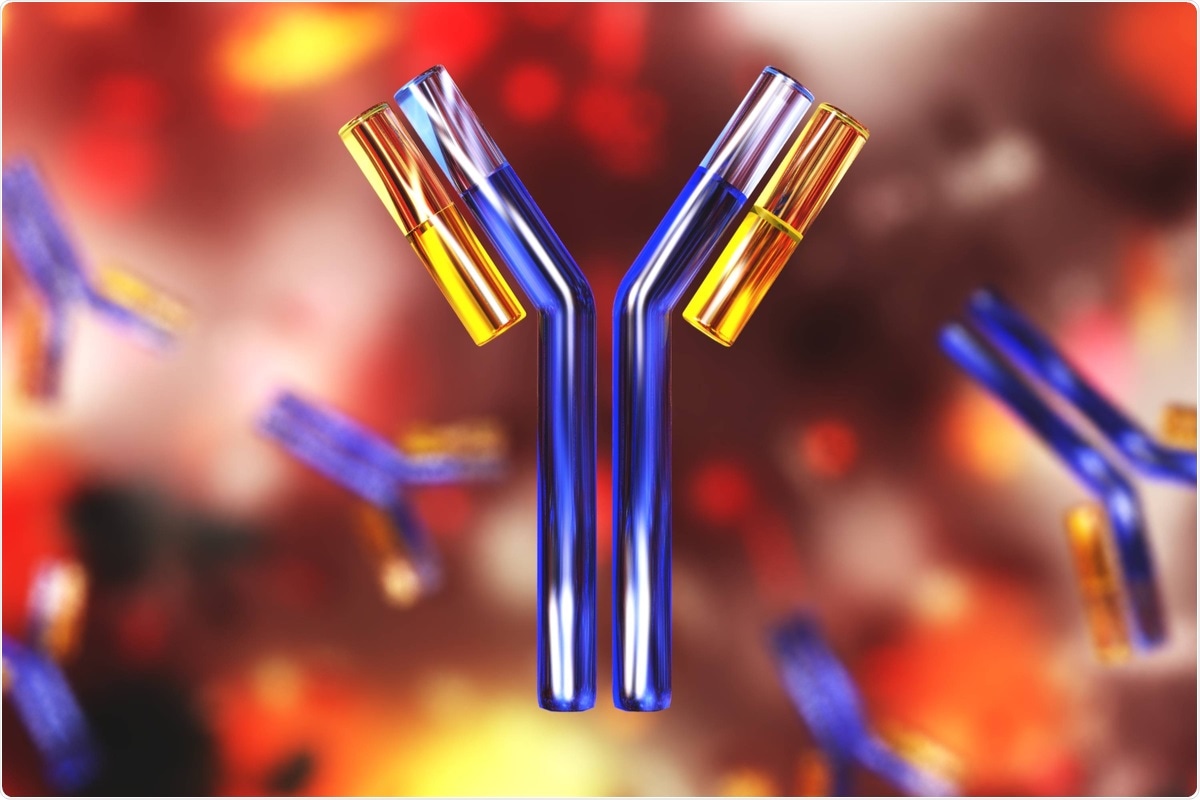The severe acute respiratory syndrome coronavirus 2 (SARS-CoV-2), which is the virus that causes the coronavirus disease 2019 (COVID-19), first emerged in Wuhan, China, and has since spread to nearly every country in the world. The rapid transmission rate of SARS-CoV-2 forced many countries to enact costly and restrictive measures in the hopes of controlling the disease, including mandatory face masks, social distancing laws, as well as full lockdowns/stay-at-home orders.
The rapid development and subsequent distribution of COVID-19 vaccines allowed these restrictive measures to be dismantled in many countries. However, the emergence of new SARS-CoV-2 variants capable of evading both vaccine-induced and natural immunity has threatened the efficacy of current COVID-19 vaccines.
 Study: B-cell-responses to vaccination with BNT162b2 and mRNA-1273 six months after second dose. Image Credit: ustas7777777 / Shutterstock.com
Study: B-cell-responses to vaccination with BNT162b2 and mRNA-1273 six months after second dose. Image Credit: ustas7777777 / Shutterstock.com
In a recent Clinical Microbiology and Infection study, researchers assess the levels of anti- SARS-CoV-2 antibodies in individuals who have been vaccinated with a messenger ribonucleic acid (mRNA) COVID-19 vaccine six months after receiving their second dose.
Background
Historically, vaccines were created from an attenuated or inactivated form of the virus that is subsequently presented to the body to allow the immune system to develop antibodies to surface antigens. However, this approach to immunization is associated with certain limitations, as attenuated virions can regain the ability to infect cells.
Other types of vaccines mount antigens on surfaces, such as nanoparticle scaffolds, to avoid this issue. Comparatively, mRNA vaccines introduce a strand of viral mRNA into the body and rely on the host cell machinery to transcribe it, which ultimately leads to the production of a viral antigen that the immune system can recognize.
About study
In the current study, a total of 531 individuals were invited to participate, of which 439 were included in the final results returned. All study participants were healthcare professionals who had received either the BNT162b2 or mRNA-1273 vaccine.
Immunoglobulin A (IgA) and IgG antibodies against the S1 subunit of the SARS-CoV-2 spike protein, as well as IgG antibodies against the nucleocapsid protein, were detected and measured using commercially available enzyme-linked immunosorbent assay (ELISA) kits. Assays against anti-nucleocapsid antibodies were only performed to detect infections within the study population.
Neutralizing antibodies were examined using a surrogate neutralization assay (SNA), while antinuclear antibodies (ANA) were detected using indirect immunofluorescence testing. All statistical analysis was performed in R, with ANOVAs used to detect differences in continuous variables.
Any differences in categorical variables were examined using Pearson’s Chi-squared test. Associations between continuous variables were examined using Spearman’s rho.
Study findings
Anti-S1 IgG, anti-S1 IgA, as well as neutralizing antibody levels significantly decreased between the fourteen-day and six-month samples. Two-way ANOVAs, which considered both sex and vaccine type, showed that the main effect of the vaccine administered for all markers was statistically significant.
All but three participants who showed reactive anti-S1 IgG levels at fourteen days showed no reaction at six months, and all three showed some of the lowest initial titers. Individuals who received the Moderna mRNA-1273 vaccine almost always exhibited higher levels for all markers.
SNA analysis and anti-S1 IgG levels were strongly correlated, while anti-S1 IgA and inhibition demonstrated by SNA showed a more moderate correlation. No significant correlations were observed between the examined markers and age.
Seven individuals tested positive for anti-nucleocapsid IgG, one of which had a known history of COVID-19. Five of these samples were considered to be false positives, with one considered to be due to asymptomatic infection. It should be noted that anti-nucleocapsid IgG is not a definitive test for previous COVID-19, as two individuals with a history of infection showed negative responses, and four individuals who had previously shown a positive anti-nucleocapsid response now tested negative.
Conclusions
Taken together, several markers of B-cell immunity against SARS-CoV-2 were found to decrease significantly over six months after mRNA vaccination.
The current study also supports multiple similar investigations that have shown that vaccination with the Moderna mRNA-1273 vaccine shows significantly higher levels of the immune response as compared to vaccination with the Pfizer-BioNTech BNT162b2 vaccine. This difference is present at both fourteen days and six months post-vaccination.
While almost all participants continued to present an anti-S1 IgG response at the six-month mark; however, these titers were significantly lower, thereby supporting the need for booster vaccinations to maintain immunity at levels sufficient to prevent infection. The researchers have also identified a ceiling at which inhibition level increases drop-off significantly, which is beyond anti-S1 IgG titers of about 350 BAU/mL.
Additionally, differences in correlation with inhibition as detected by SNA between anti-S1 IgA and IgG suggest that serum anti-S1 is significantly less important for neutralization of SARS-CoV-2 compared to anti-S1 IgG; however, further research is needed to fully support this claim.